| |
Family (Alpha): | |
| View | Tettigoniidae Members:
| NC Records |
|---|
Conocephalus saltans (Scudder, 1872) - Prairie Meadow Katydid |
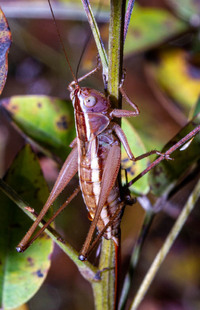 | 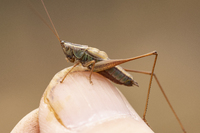 |
|
|
|
|
|
Image Gallery for Conocephalus saltans - Prairie Meadow Katydid
|
 | Recorded by: Ed Corey
Scotland Co.
Comment: | 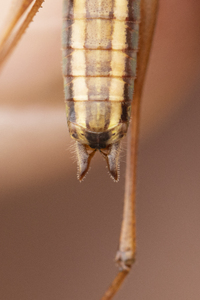 | Recorded by: Ed Corey
Scotland Co.
Comment: |
 | Recorded by: Steve Hall and Bo Sullivan
Moore Co.
Comment: | 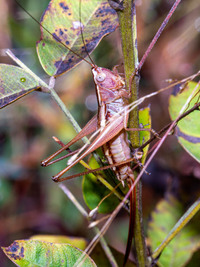 | Recorded by: Steve Hall and Bo Sullivan
Moore Co.
Comment: |
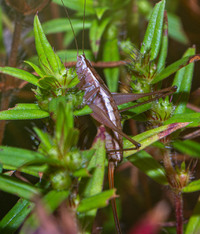 | Recorded by: Steve Hall and Bo Sullivan
Moore Co.
Comment: |
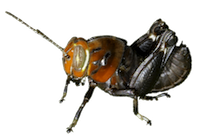
 »
»

 »
»